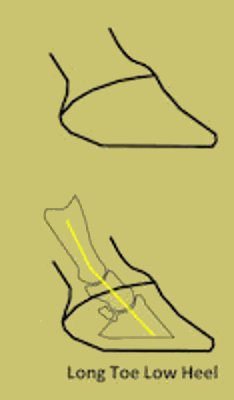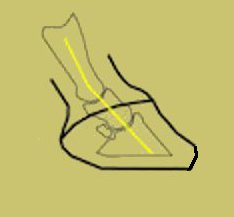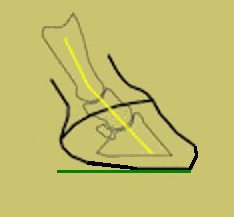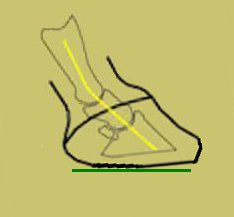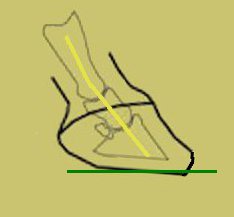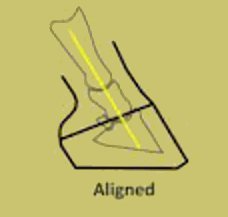Books |
 |
 |
|
| Centered
Riding (A Trafalgar Square Farm Bo... by Sally Swift |
Centered
Riding 2 (No. 2) by Sally Swift |
||
DVD's |
 |
 |
|
| Centered
Riding 1 by Sally Swift |
Centered
Riding 2 by Sally Swift |
||
VHS tapes |
![Centered Riding Today: An Informal Talk by Sally Swift [VHS]](http://ecx.images-amazon.com/images/I/41Vn6PfhzML._SL125_.jpg) |
![Centered Riding with Sally Swift [VHS]](http://ecx.images-amazon.com/images/I/51OSh9kd9iL._SL125_.jpg) |
|
| Centered
Riding Today: An Informal Talk by ... by Sally Swift |
Centered
Riding with Sally Swift [VHS] |
| |||||||||||||||||||||||||||||||||||||||||||||||||||||||||||||||||||||||||
